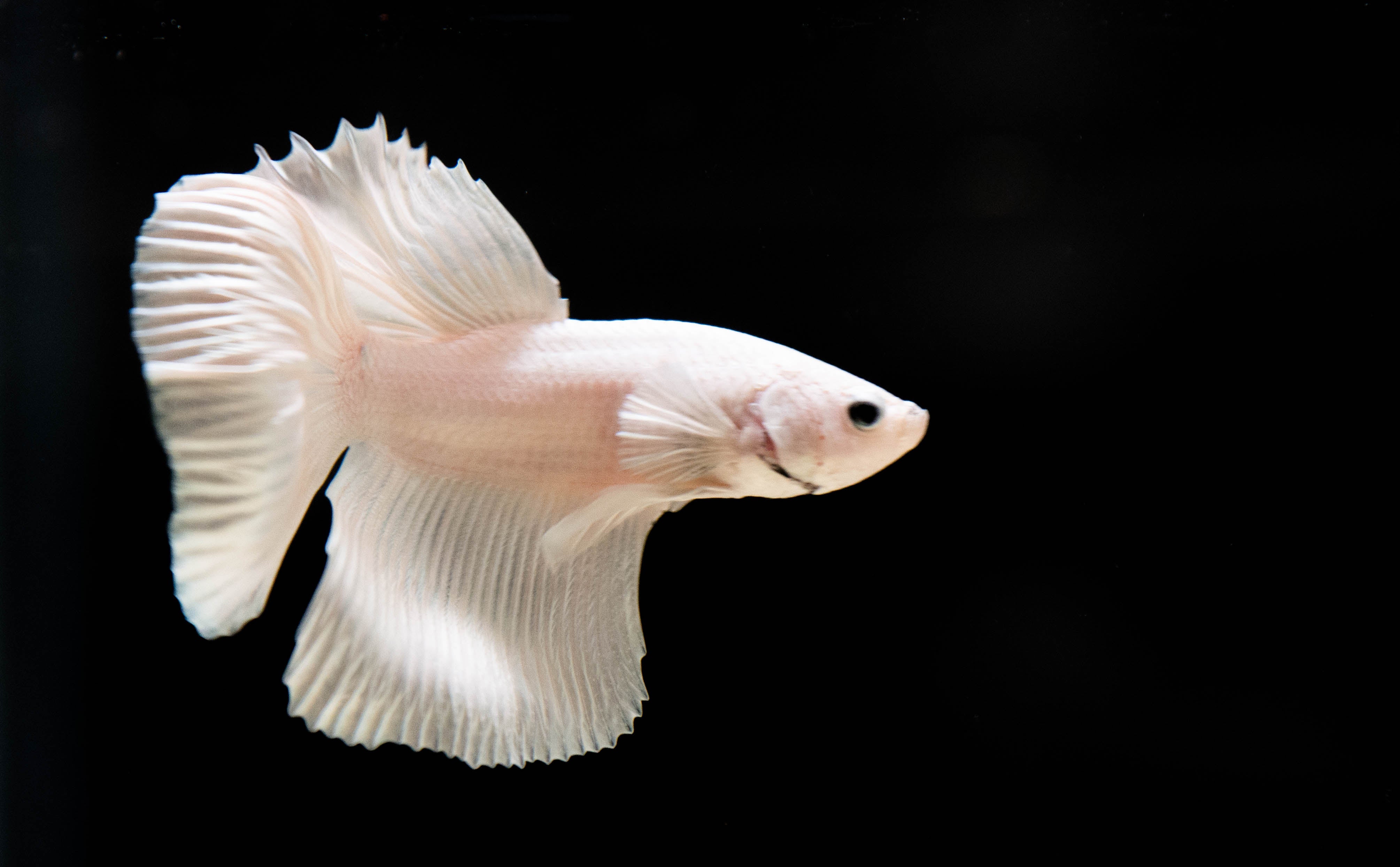How to Reproduce Betta Fish Efficiently: Expert Strategies and Insights for Hobbyists Seeking To Expand Their Betta Collection
Reproducing Betta fish calls for a nuanced understanding of genes and ecological conditions, making it necessary for hobbyists to approach the procedure with both diligence and treatment. Developing an optimal reproduction setting, selecting the right sets, and observing the ins and outs of their courtship habits are foundational steps that can considerably impact the outcome. The succeeding treatment of the fry is vital for ensuring their healthy and balanced development. As we discover these essential elements, it ends up being clear that effective breeding is not simply concerning the first pairing but encompasses a broader method that values careful consideration.
Comprehending Betta Fish Genetics
Recognizing the genes of Betta fish is vital for successful breeding, as it influences attributes such as shade, fin shape, and behavior. Betta fish display a diverse selection of shades and patterns, mostly established by their hereditary makeup.
Along with pigmentation, fin morphology is another considerable aspect of Betta genes (betta fish). The shape and size of fins are influenced by various genetics, consisting of those that determine whether the fins are brief, long, or veil-shaped. Comprehending these genetic variations aids dog breeders anticipate the phenotypic results of their offspring
Moreover, behavioral traits such as aggressiveness and territoriality can also be affected by genes. These behaviors play a vital function in the breeding process, as they can impact generating success and the overall character of the resulting fry. By adequately comprehending these hereditary principles, breeders can make enlightened decisions, eventually boosting their breeding programs and accomplishing preferable results.
Preparing the Breeding Atmosphere
Producing an optimal breeding environment is essential for the successful recreation of Betta fish. The initial action in preparing this environment is to pick a proper reproduction storage tank, ideally ranging from 5 to 10 gallons. This size enables sufficient swimming space and the facility of areas. The tank must be geared up with a heating unit to maintain a stable temperature level in between 78 ° F and 80 ° F, which is crucial for encouraging generating behavior.
Following, think about making use of a sponge filter or an air stone to supply gentle water circulation without creating strong currents that can stress the fish. It is necessary to set up plants or breeding cones to provide concealing areas and advertise convenience for the female throughout the spawning procedure. Drifting plants, such as Java moss or water sprite, can also produce an extra natural surroundings while facilitating bubble nest building by the man.
Before introducing the breeding sets, make certain the water is conditioned and cost-free from dangerous chemicals, such as chlorine or heavy steels. betta fish. more info here Routine water adjustments should be carried out to maintain optimal water top quality, enhancing the chances of effective reproduction. With these prep work in location, the reproducing environment will support the wellness and health of both Betta fish
Selecting Breeding Pairs
Selecting the right breeding sets is vital for attaining successful Betta fish recreation. Healthy and balanced Betta fish display vivid shades, clear eyes, and active habits.
Personality is another essential factor to consider, as Betta fish are recognized for their hostile nature. It is recommended to select a man and woman that display compatible characters to decrease stress and anxiety throughout the breeding procedure. A tranquil male can encourage a smoother courtship, while a lady that is as well hostile might interfere with the procedure.
Hereditary background additionally plays a considerable duty in the top quality of the offspring. Breeding fish that are genetically diverse can reduce the danger of genetic health and wellness issues and boost the overall vigor of the fry. It is valuable to look into the family tree of both the male and woman, concentrating on preferable characteristics such as fin kind, shade patterns, and size.
The Reproduction Process
The reproduction process of Betta fish calls for mindful preparation and interest to information to make certain an effective result. Originally, it is crucial to prepare an appropriate reproduction container, preferably a 5-10 gallon fish tank with a temperature level kept at 78-80 ° F. The storage tank needs to be outfitted with a heating unit, filter (preferably sponge kind to avoid strong currents), and lots of aquatic plants for the lady to conceal.
When the atmosphere is established, anonymous present the picked reproducing set to the container, permitting them to accustom. Observe their actions; the man will show intricate courtship routines, including flaring his fins and building a bubble nest. If the female reveals passion, she will present upright red stripes showing readiness for spawning.
When the female is receptive, the set will certainly engage in a mating embrace, throughout which the male feeds the eggs. Keeping optimal water problems during this duration is essential for the development of healthy Betta fry.
Caring for Betta Fry

Feeding Betta fry is important, as they require a diet plan high in healthy protein. Initially, they can be fed infusoria or fluid fry food, transitioning to finely smashed premium pellets as they expand. Feed small parts multiple times a day to motivate healthy development without straining the tank with uneaten food.

As they mature, monitor their growth closely and divide any type of aggressive people to avoid damage. By providing a nurturing environment and appropriate nourishment, hobbyists can effectively raise Betta fry into dynamic, healthy and balanced fish, ultimately improving their reproduction undertakings.
Verdict
Effective Betta fish breeding requires careful focus to genetic option, ecological problems, and treatment for the fry. By understanding the genes of Betta fish and preparing an appropriate reproduction atmosphere, enthusiasts can enhance the possibilities of generating dynamic, healthy spawn.